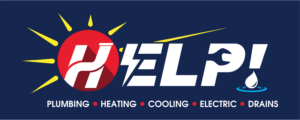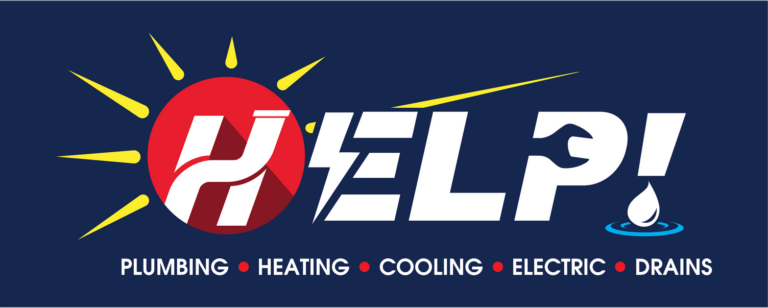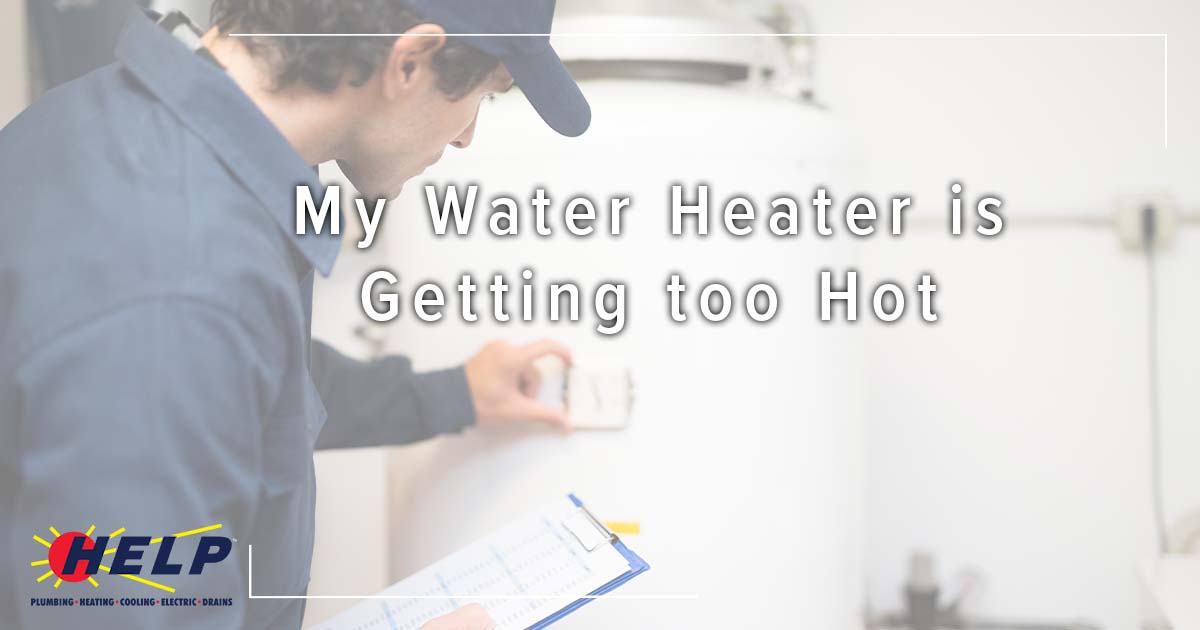
Your water heater is designed to serve your home with hot water for up to a decade for tank-style heaters, and up to two decades for tankless systems. But if it has started producing extremely hot water, this is a usual sign of a larger problem.
Here we’ll discuss five common reasons for the sudden heat increase and how to change the thermostat on two styles of water heaters.
5 reasons your water heater is getting too hot
While there may be several common reasons why the water in your water heater is getting too hot, it’s an issue that can quickly become a serious problem. Anyone washing dishes, bathing, or otherwise using hot water can be burned or scalded in a matter of seconds, especially if they’re a young child or elderly adult.
1. Broken Thermostat
If the thermostat breaks or malfunctions, the water heater doesn’t know when to stop heating the water. Test the thermostat’s function by lowering the set temperature 15 degrees to 20 degrees. Wait two to three hours then use a thermometer to check the tap water temperature at multiple faucets in your home. Keep in mind the further a faucet is from the water heater, the cooler the temperature will be due to heat transfer loss. But, if the water temperature from the nearby taps and the set temperature don’t match, you likely have a broken thermostat.
2. Misaligned Thermostat
While most water heater thermostats are securely installed against the tank, some may work loose over time or if bumped. If there’s a misalignment, the thermostat won’t accurately gauge the water temperature nor signal to the heating elements to stop. You can use a standard screwdriver to re-install the thermostat against the tank. We recommend testing the thermostat with the above steps to make sure it’s not broken.

3. Mineral Buildup
More than 3/4 of the United States has hard water. This water is known to leave residue on otherwise clean dishware and make your skin feel dry and taut. It’s also responsible for mineral buildup inside the water heater that, over time, interferes with the burner or heating element appropriately heating the water.
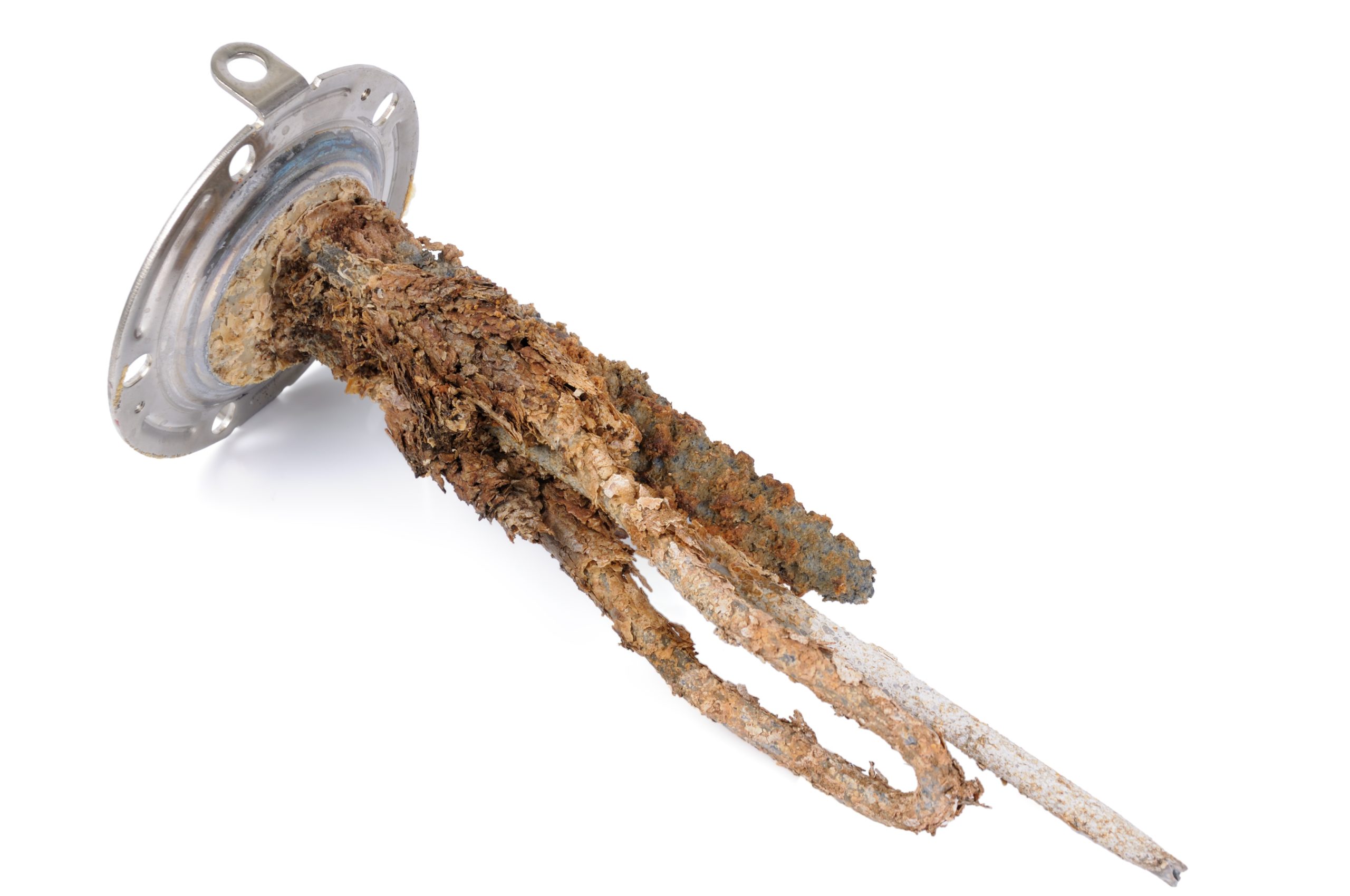
Mineral buildup sounds like a slog, but when you schedule annual plumbing maintenance with your plumber, they’ll likely recommend flushing the water tank. Flushing does what it sounds like, removing the buildup which can return your water heater to efficient and effective operation.
4. Faulty Heater Element
While gas water heaters use burners to warm the water, electric water heaters rely on a heating element, or two in some models. As a heating element begins to fail, or ground out, it doesn’t know to turn off anymore and stays on — all the time, excessively overheating the water. Since it doesn’t turn off, the heating element eventually overworks itself and fails, leaving you with no hot water until it’s replaced.
5. Issues with the Temperature & Pressure Relief Valve
The TPR valve, as it’s commonly known, is a key safety feature of every water heater. As water heats inside the tank, steam and pressure are created; the TPR regulates the pressure by occasionally opening and releasing some steam or a small amount of water to bring everything back to an appropriate level. But, this valve can malfunction and when it does, the water temperature and pressure continues to rise inside the tank. The result can be extremely hot water and/or a burst water tank.
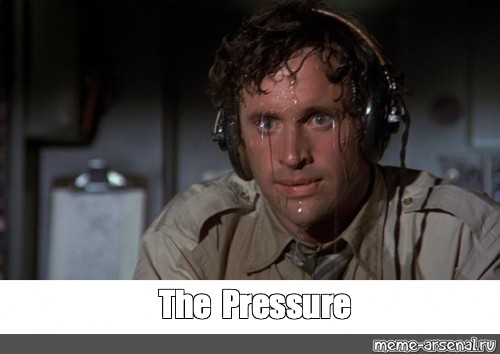
Check the TPR valve by lifting its opening up and down a few times. If working correctly, you should hear gurgling followed by water released into the drain tube. If not, or you hear a different noise, contact a plumber immediately. It’s recommended to test the TPR valve twice a year.
How to Change the Water Heater Thermostat
You may prefer screaming hot water for showering, but the water heater temperature should stay between 120 degrees and 140 degrees Fahrenheit for a couple of reasons. First, water temperatures under 120 degrees can be a breeding ground for illness-causing bacteria, such as Legionella. Secondly, water above 140 degrees can cause scalds and burns in a few seconds.
Gas Water Heater
If you have an older gas water heater, look for a dial near the bottom of the tank. It should control the thermostat and adjustments are made there. Newer water heaters have the thermostat installed behind an access panel; you’ll need a standard flathead screwdriver for the access panel and adjusting the thermostat.
- Turn off the water heater’s power source; we recommend at the circuit breaker.
- Locate the thermostat access panel and remove the screws with the screwdriver.
- Remove the insulation to view the thermostat.
- Some water heaters have two thermostats; if it has two, adjust the top thermostat to a higher temperature than the bottom one.
- Tuck the insulation back over the thermostat and reattach the access panel.
- Restore the power to the water heater.
- Relight the pilot light, if necessary.
- Wait two to three hours then test the water temperature from a tap, and adjust the temperature as necessary.
Tankless Water Heater
The majority of tankless water heaters use a digital thermostat, similar to an HVAC thermostat. Locate the panel on your water heater and make the necessary temperature adjustments.

Excessively hot water usually comes as a shock, but usually has a straightforward answer and solution when you work with a professional plumber. Call HELP today for your water heater needs.
